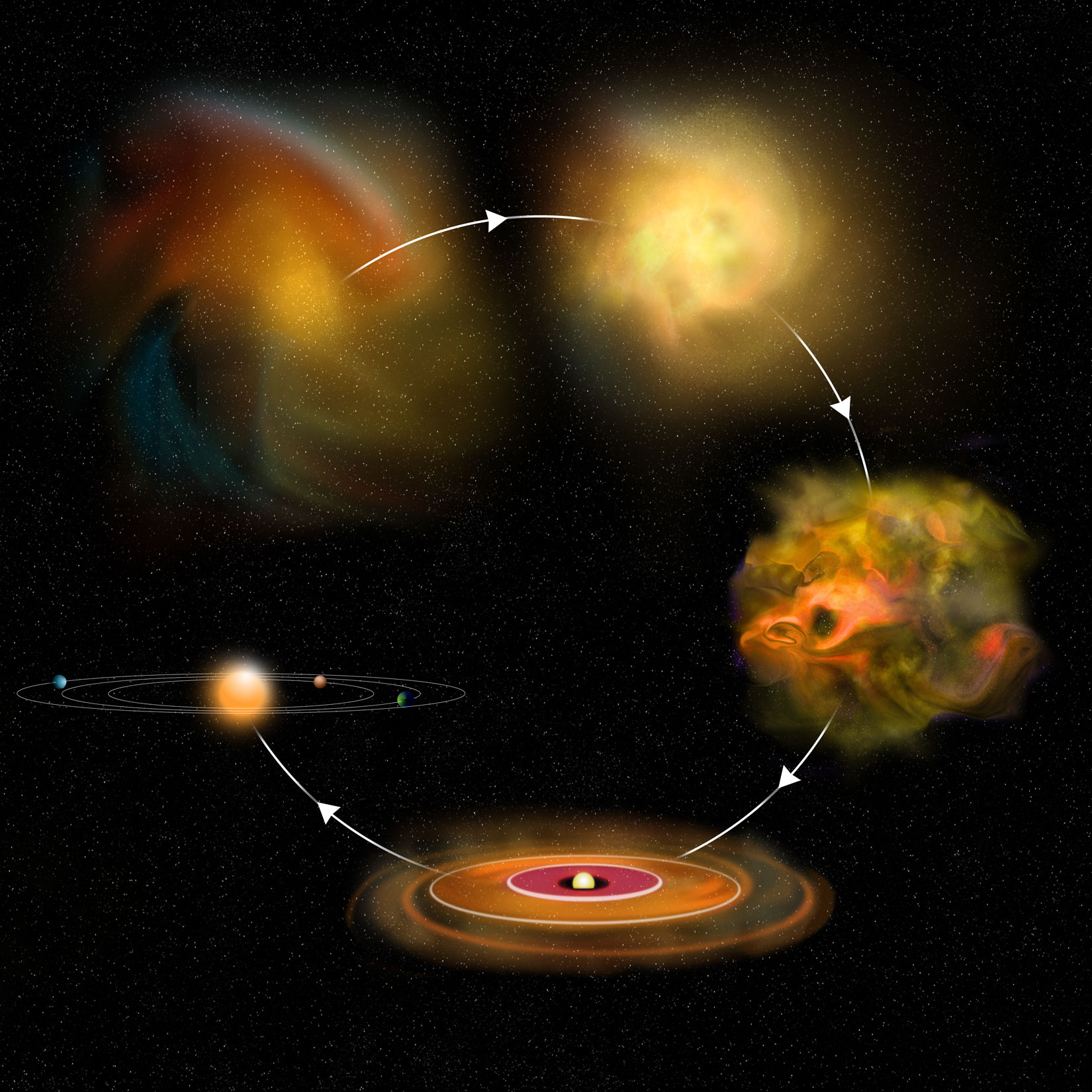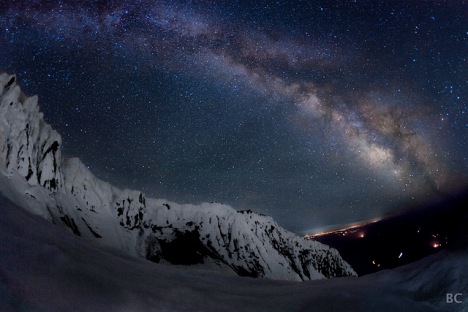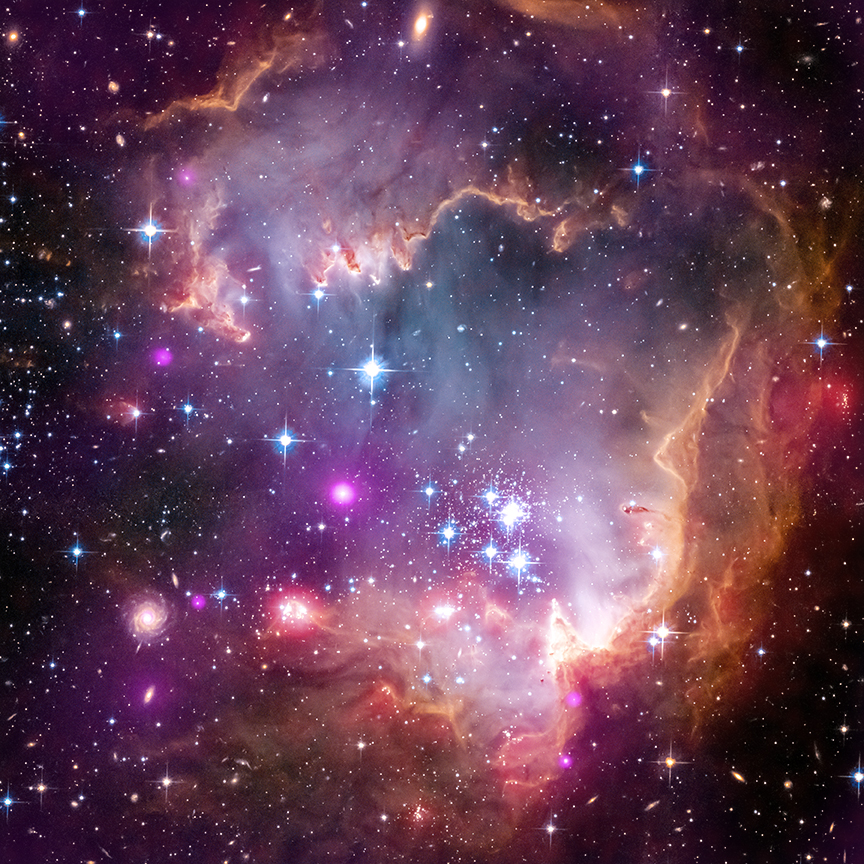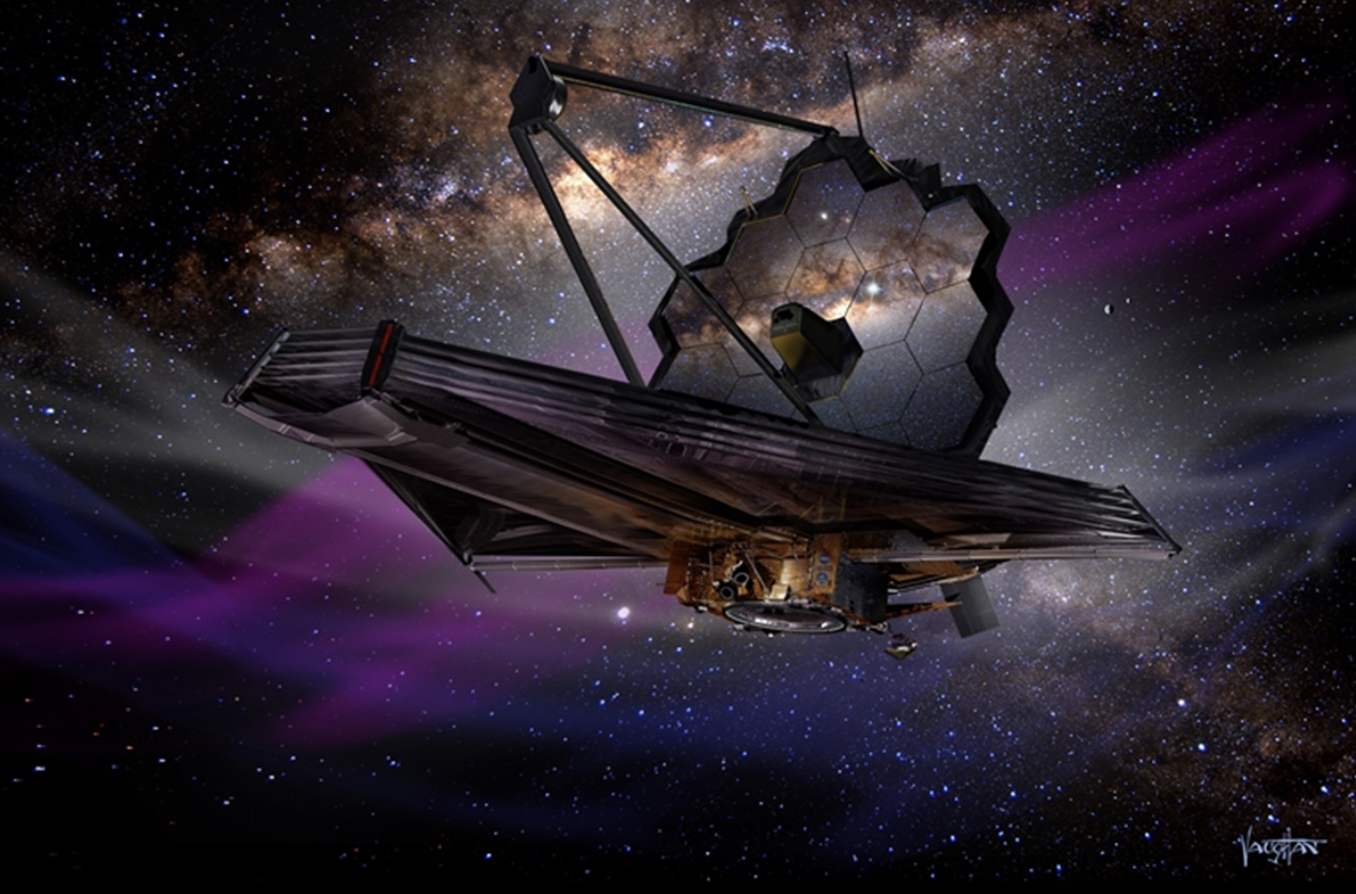There are billions of stars in our galaxy, the Milky Way. By observing our own star, the Sun, and others in the night sky, scientist have pinned down the general formation of a star.
Stars are formed in these beautiful clouds of gas and dust, known as a nebulas. When the gas and dust within a nebula begin to collapse on each other due to gravity, its center begins to heat up due to the sudden increase in mass. As more of the gas and dust are added to the forming star, the amount of gravitational pull increases since gravity increases with size. Eventually the center generates so much heat that it forms a core, which will become a star.
The star formation process may sound quick and easy, but it actually take millions of years!
FUN FACT!: Have you ever wondered how our planets formed? Well, the remaining gas and dust surrounding the newly formed star begin to collect. The bigger pieces collect smaller particles from its greater gravitational pull. Eventually, these “bigger pieces” form large, hot, rocky masses that continue to collect smaller surrounding particles. Soon, the size of the large, molten rock, will form a fairly even spherical shape.
There are many other factors which play into the formation of stars and planets, but I’ll save that for another time.
I welcome your comments and request as to what you’d like me to post!
Live long and prosper (Treky in the house!)
-Julia
 An image depicting the star formation process. These always help me since I’m a visual learner 🙂 Hope this may clear up any confusion!
An image depicting the star formation process. These always help me since I’m a visual learner 🙂 Hope this may clear up any confusion!
Picture Credit: Bill Saxton, NRAO/AUI/NSF



